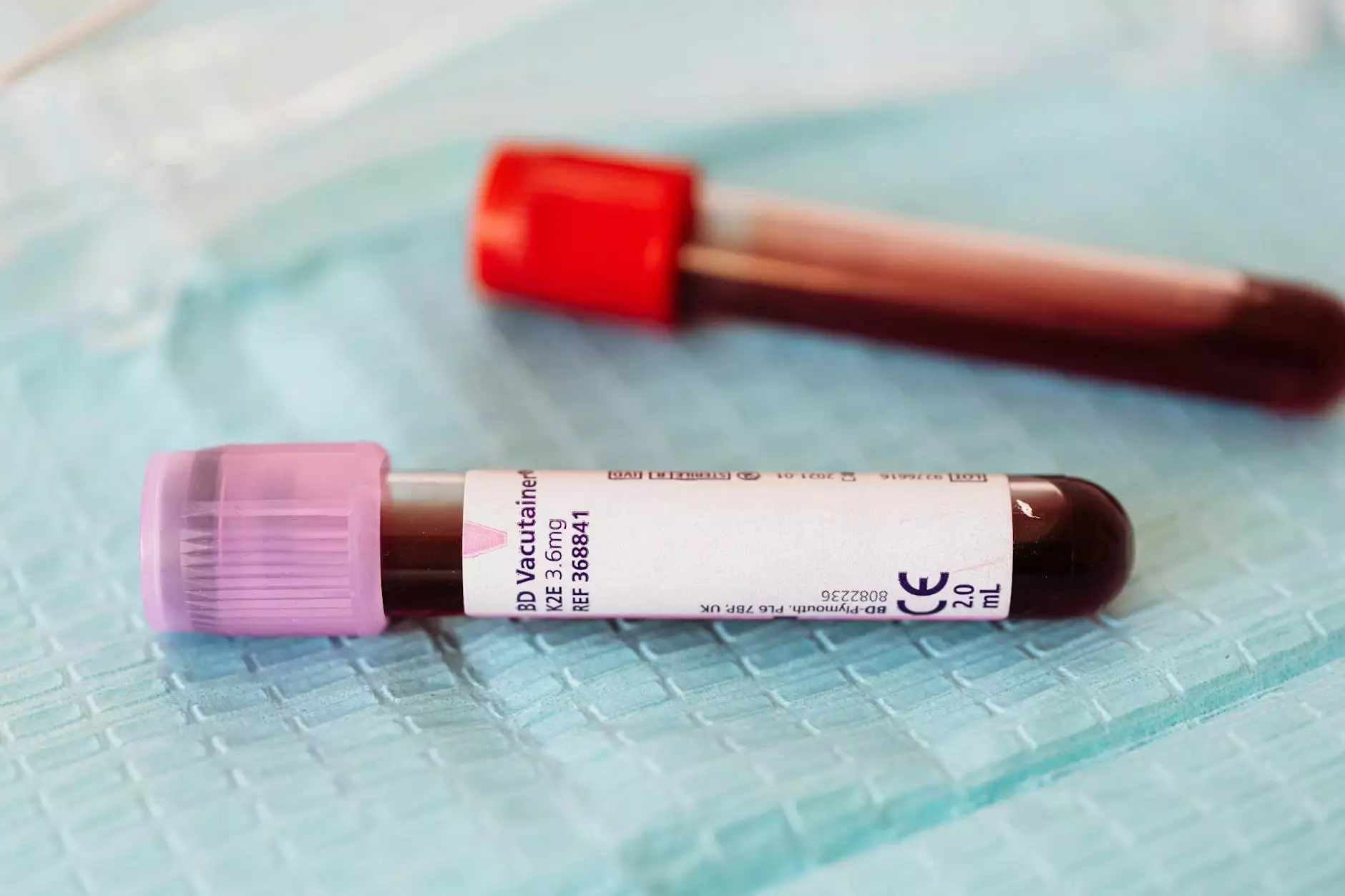What Exactly is Keratosis Pilaris?

Welcome to the Foley James D MD website, your comprehensive resource for information on various health conditions. In this article, we will focus on keratosis pilaris, a common skin condition that affects many individuals. Through our detailed information, you will gain a deeper understanding of the causes, symptoms, and treatment options available for keratosis pilaris.
Understanding Keratosis Pilaris
Keratosis pilaris, often referred to as "chicken skin," is a harmless skin condition characterized by small, rough bumps on the skin's surface. These bumps typically appear on the upper arms, thighs, buttocks, and sometimes on the face.
The main cause of keratosis pilaris is the buildup of keratin, a protein that protects the skin from infections and other harmful substances. In individuals with keratosis pilaris, keratin accumulates around the hair follicles, leading to the formation of tiny bumps. The condition is more common in individuals with dry skin or those who have a family history of keratosis pilaris.
Symptoms of Keratosis Pilaris
Keratosis pilaris is primarily identified by the appearance of small, rough bumps on the skin. These bumps may be flesh-colored or have a slightly reddish hue. They often feel dry to the touch and may worsen during colder months when the skin tends to be drier.
While the condition itself is benign and does not cause any discomfort or pain, some individuals with keratosis pilaris may experience itchiness or irritation in the affected areas. In rare cases, the bumps may become inflamed, leading to redness and mild inflammation.
Treatment Options for Keratosis Pilaris
Although there is no cure for keratosis pilaris, there are various treatment options available to help manage the condition and improve the appearance of the skin. These treatments focus on exfoliating the affected areas and moisturizing the skin to reduce dryness and smooth out the bumps.
1. Exfoliation
Regular exfoliation helps remove the buildup of dead skin cells and keratin, making the bumps less noticeable. Gentle exfoliating scrubs or brushes can be used to gently scrub the affected areas during bathing or showering.
2. Moisturization
Keeping the skin well-hydrated is essential for managing keratosis pilaris. Applying moisturizers regularly, especially those containing ingredients like urea, lactic acid, or salicylic acid, can help soften the skin and smoothen the bumps.
3. Prescription Medications
In more severe cases, a dermatologist may prescribe topical medications containing retinoids or corticosteroids to reduce inflammation and promote skin cell turnover. These medications should be used under medical supervision and as prescribed.
4. Lifestyle Changes
Adopting certain lifestyle changes can also help improve the appearance of keratosis pilaris. These include avoiding excessive exposure to hot water, using gentle soaps and cleansers, and avoiding harsh scrubbing that can further irritate the skin.
Seeking Professional Advice
If you suspect you have keratosis pilaris or if you require further guidance on managing the condition, it is recommended to consult with a board-certified dermatologist. They can assess your specific case and provide personalized recommendations and treatment options tailored to your needs.
At Foley James D MD, we prioritize your dermatological health and strive to offer the most accurate and reliable information on a wide range of health conditions, including keratosis pilaris. Our team of experienced medical professionals is dedicated to ensuring your well-being and delivering the highest standard of care.
Remember, although keratosis pilaris may not be a serious medical condition, understanding its causes and available treatment options can make a significant difference in managing the condition effectively and improving the appearance of your skin.




